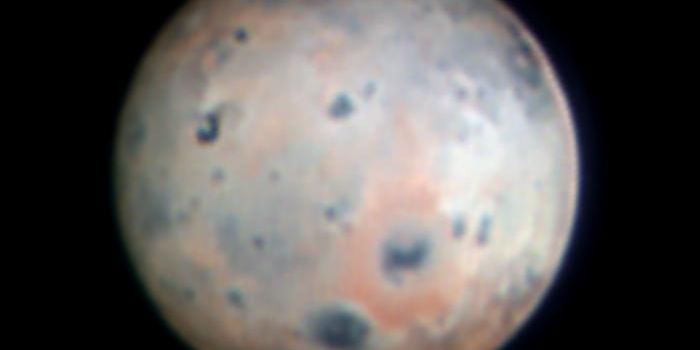Dark Comets and the Potential Delivery of Water to Earth
What are dark comets and how are they responsible for delivering water to the Earth? This is what a recent study published in Icarus hopes to address as a team of international researchers investigated the origins of dark comets and their evolution throughout the history of the solar system, including how much water they could have potentially brought to Earth in the past. This study holds the potential to help astronomers better understand dark comets and the formation and evolution of planetary bodies throughout the solar system.
Dark comets are often described as being a combination of asteroids and classified based on their unique behaviors, specifically their ability to accelerate without the aid of gravitational means, which researchers have previously hypothesized to be invisible gas jets emanating like traditional comets. Additionally, their physical characteristics consist of dark surfaces that could be hiding an icy subsurface, whereas traditional comets exhibit icy characteristics directly on their surface.
Credit: Pixabay
For the study, the researchers used computer models to analyze the number of dark comets that reside within the solar system, along with how they could have delivered water to the Earth deep in our planet’s ancient past. In the end, the team estimates that between 0.5 and 60 percent of all near-Earth objects could be dark comets while hypothesizing their origins are the main asteroid belt that lies between Mars and Jupiter. This suggests that asteroids within the main asteroid belt could possess ice beneath their dark and dusty surfaces and could also imply that they could be the source of water that was delivered to the Earth long ago.
"We think these objects came from the inner and/or outer main asteroid belt, and the implication of that is that this is another mechanism for getting some ice into the inner solar system," said Aster Taylor, who is a graduate student in the University of Michigan’s Department of Astronomy and lead author of the study. "There may be more ice in the inner main belt than we thought. There may be more objects like this out there. This could be a significant fraction of the nearest population. We don't really know, but we have many more questions because of these findings."
What new discoveries about dark comets will researchers make in the coming years and decades? Only time will tell, and this is why we science!
As always, keep doing science & keep looking up!
Sources: Icarus, EurekAlert!




















































